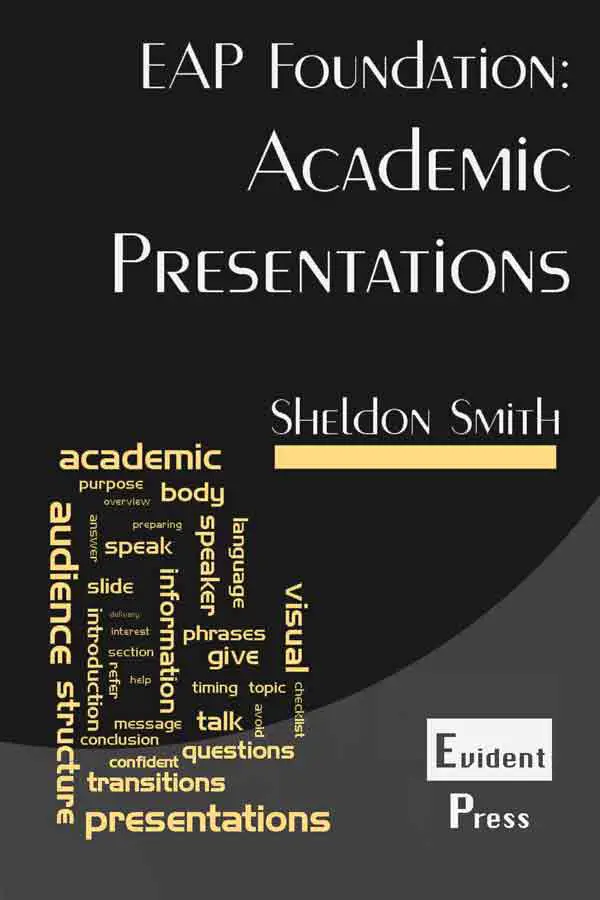Show AWL words on this page.
Show sorted lists of these words.


 







|
 Podcast is loading. Problems? Too slow? You can also access the Podcast by
clicking here.
Podcast is loading. Problems? Too slow? You can also access the Podcast by
clicking here.This message will disappear when then podcast has fully loaded.
One of the key factors to the good delivery of a presentation is something which you do not need to learn, you simply need to do, and that is: practice. The more you practise, the more familiar you will become with the content of your presentation, and the more fluent and natural your delivery is likely to be.
There are, however, certain factors which will influence the delivery of your presentation when you are giving it, and which you therefore need to bear in mind. The main ones are:
Pace
If you are nervous, you will probably want to speak more quickly than usual. This is the wrong thing to do. Listening is a difficult skill, and your audience needs time to both hear and understand your main points. You should therefore aim to speak a little more slowly than usual. A general rule is: the larger the audience, the more slowly you need to speak. This does not mean your presentation should be slow and steady throughout. If you say all the words at the same speed, the presentation will sound boring, and it will be difficult to identify your main points. In general, function words and phrases (such as 'What I want to talk about today' and 'Let's turn now to the next section') should be said more quickly, while content words (the ones which carry meaning) need to be spoken more slowly.
- speak a little more slowly than you normally do, especially if you feel nervous
- the larger the audience, the more slowly you should speak
- also speak more slowly if you are worried about your pronunciation, as this will help you to articulate (say) the words more clearly
- vary the speed: content words are more important, and need to be spoken more slowly
- avoid speaking quickly to rush through and finish your presentation
Volume
You need to make sure that everyone can hear you. Too loud is better than too quiet: if you are too loud, it may be annoying, but at least the audience can still hear your message.
- speak a little louder than you think is necessary
- project your voice to the back of the room
- avoid speaking too quietly - unlike a reader, a listener cannot go back if they do not catch the meaning first time
Emphasis
When you are writing, you can emphasise your main points by using bold type or italics. When you are speaking you also need to place emphasis on the important words or ideas, and this is done by using stress. There three main ways to add stress to a word:
- speak the word more slowly
- speak the word more loudly
- pause briefly before and after the word
Adding emphasis will make it easier for the audience to follow you presentation as they are more likely to understand which are your main points.
- use stress for important points and contrasts
Checklist
Below is a checklist for delivery. Ask a peer to use it to assess you when you practise. You can download a copy of the checklist from the speaking resources page.
| Item | OK? | Comments |
| Pace is a little slower than normal speed | ||
| The pace is varied: more quickly for function words/phrases, more slowly for content words | ||
| Volume is appropriate | ||
| The speaker is audible from the back of the room | ||
| Stress is used to emphasise key points |
Next section
Read more about visual aids in the next section.
Previous section
Read the previous article about body language.



